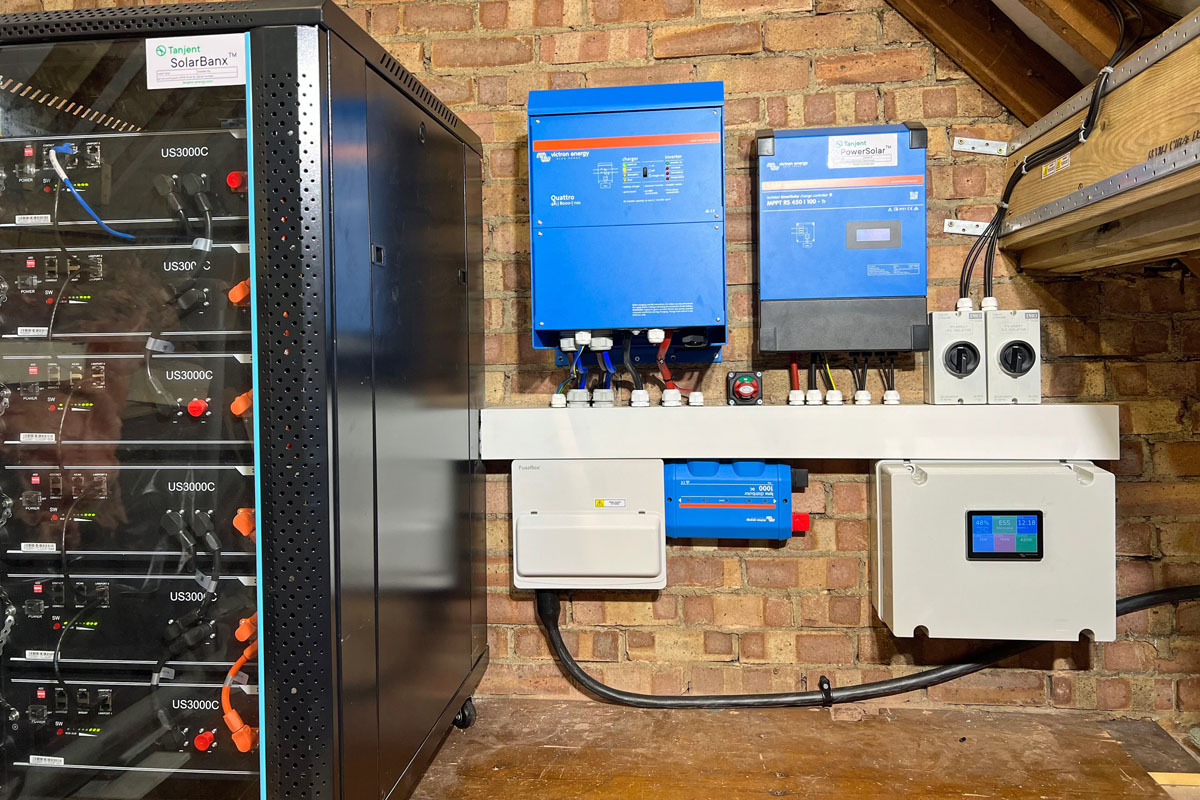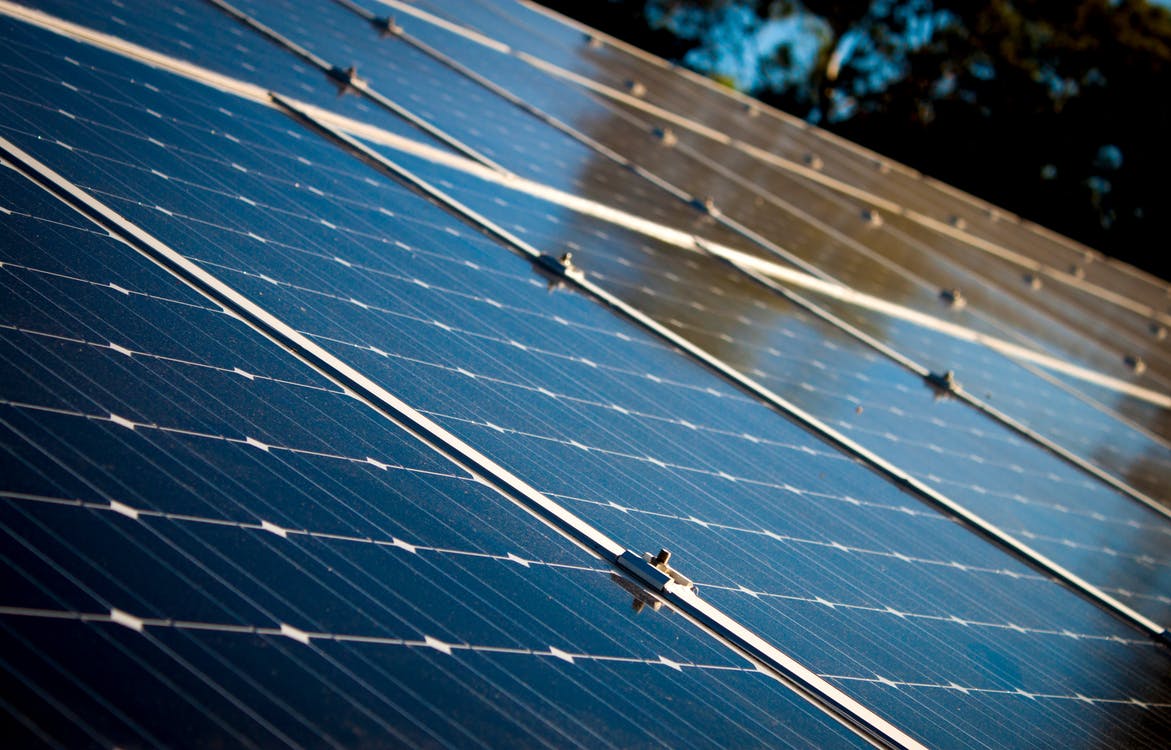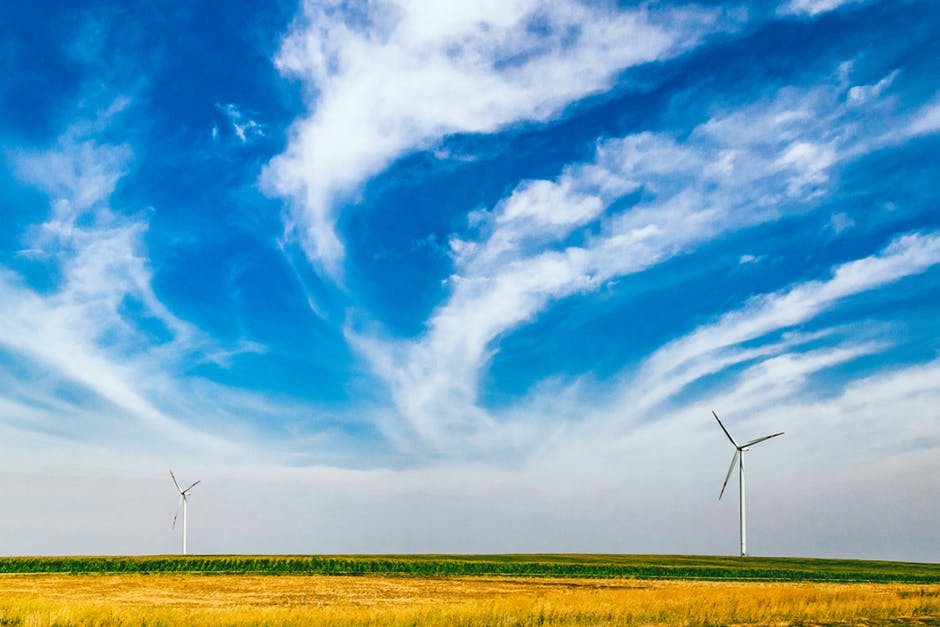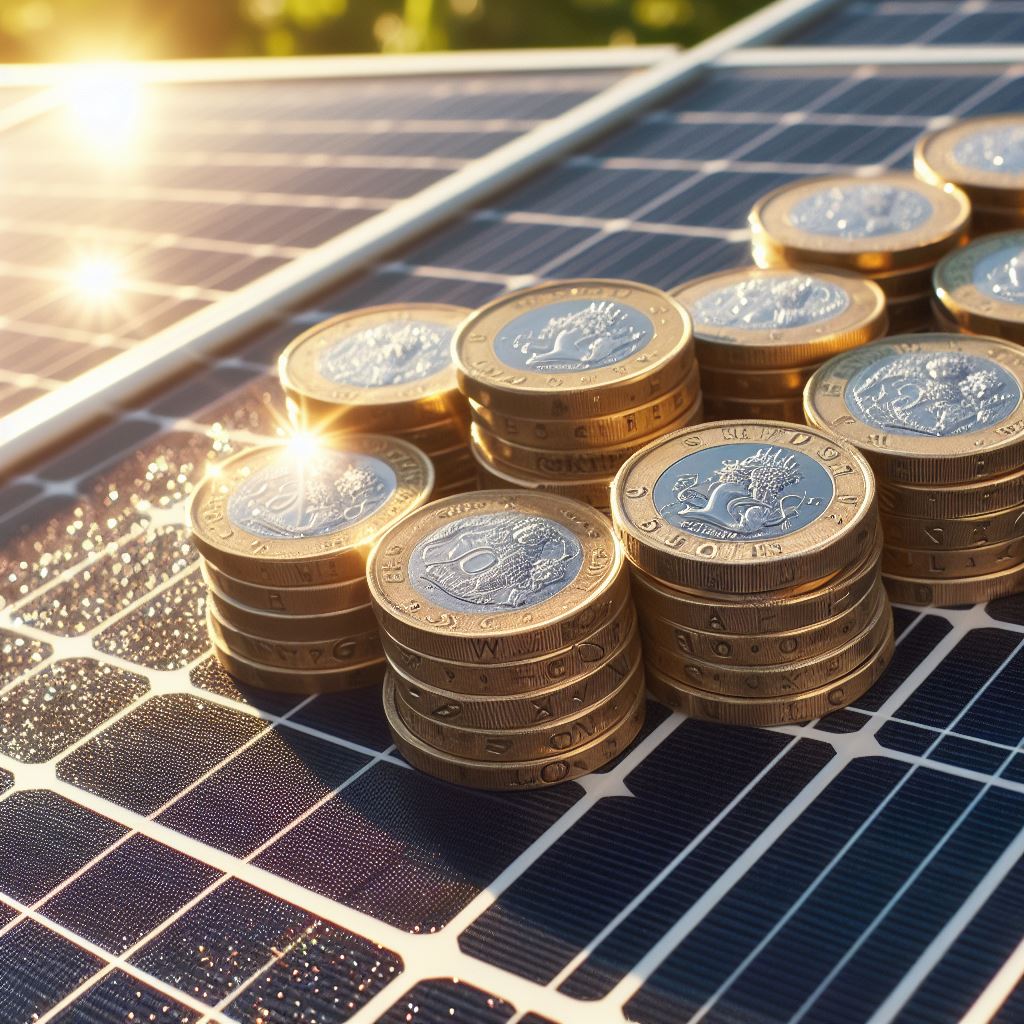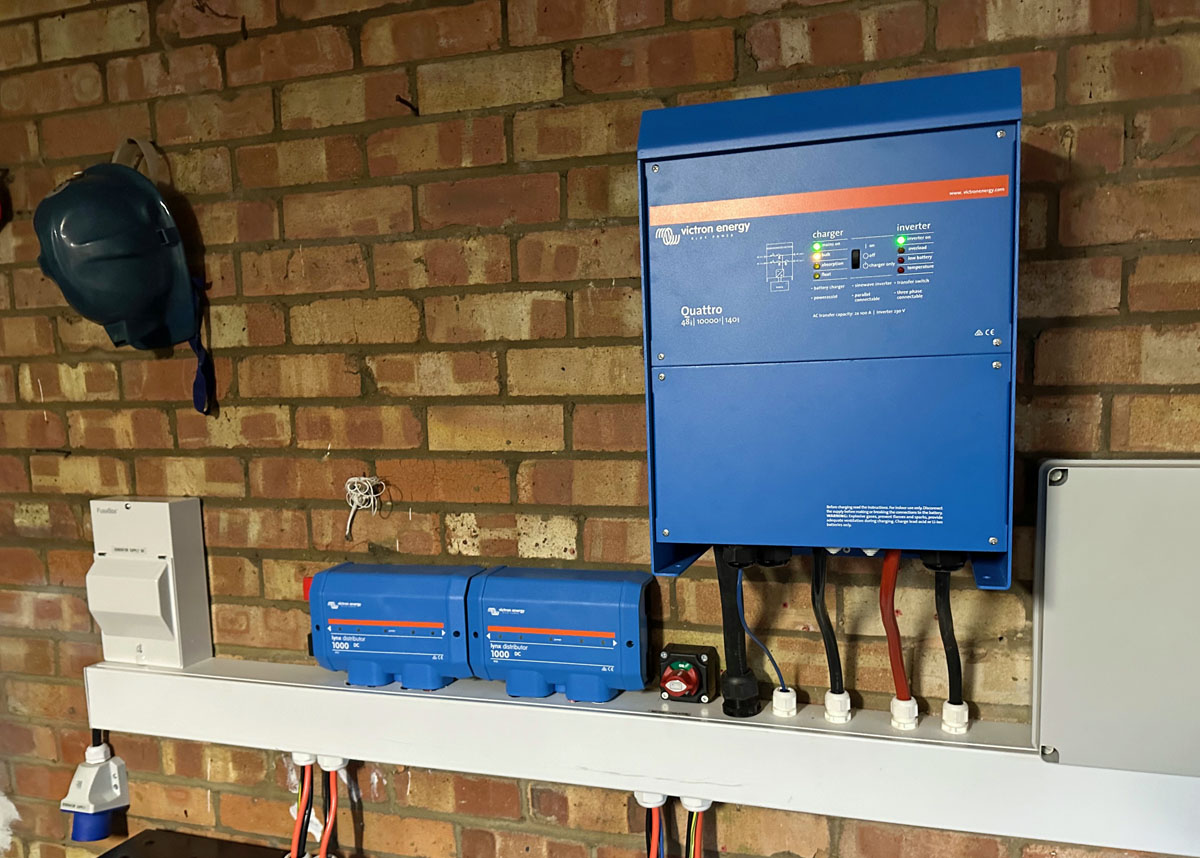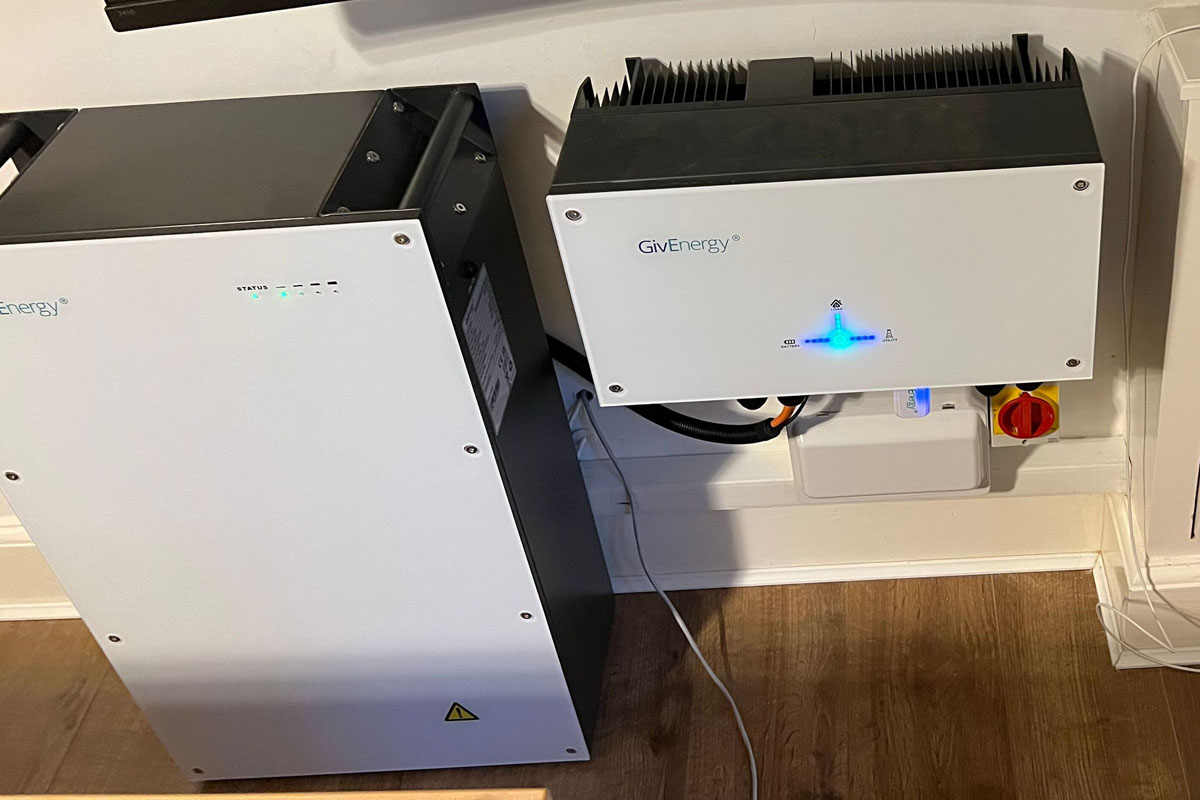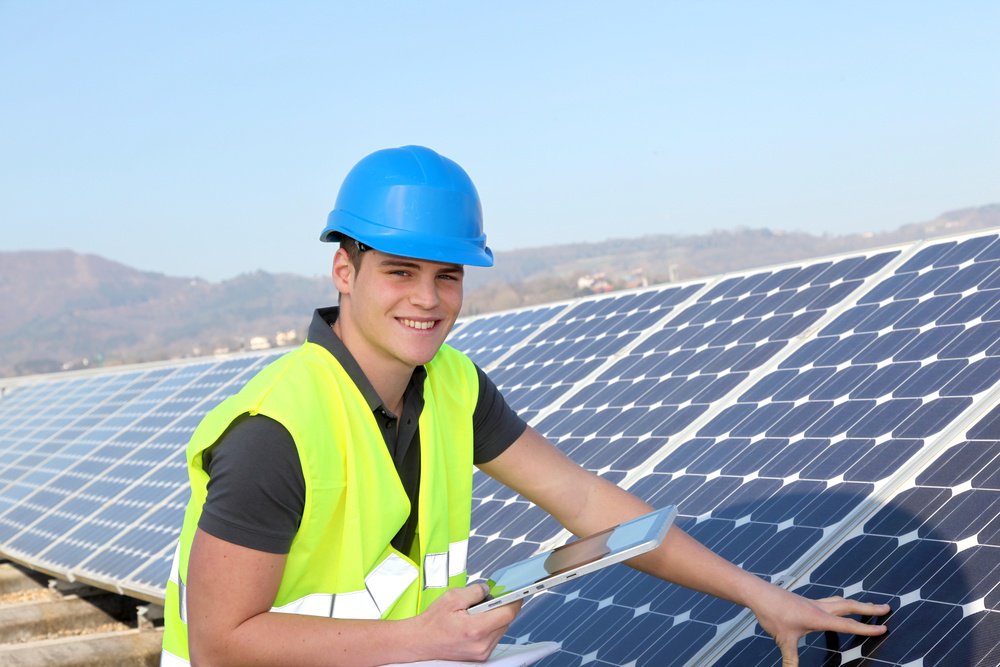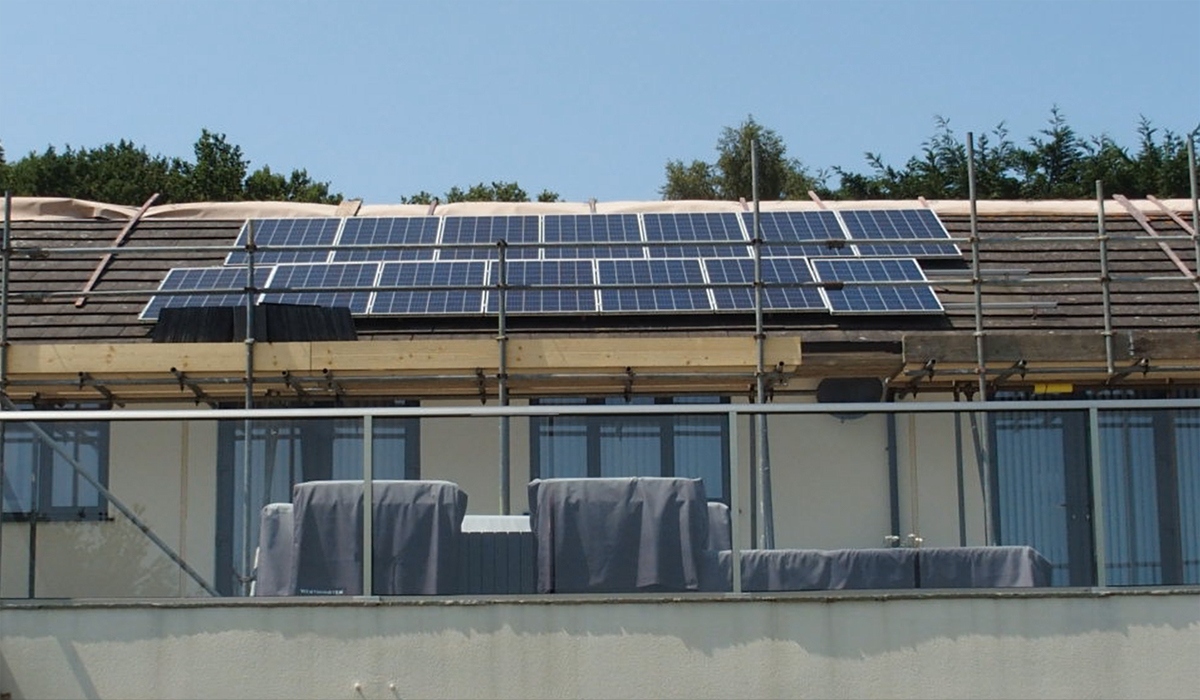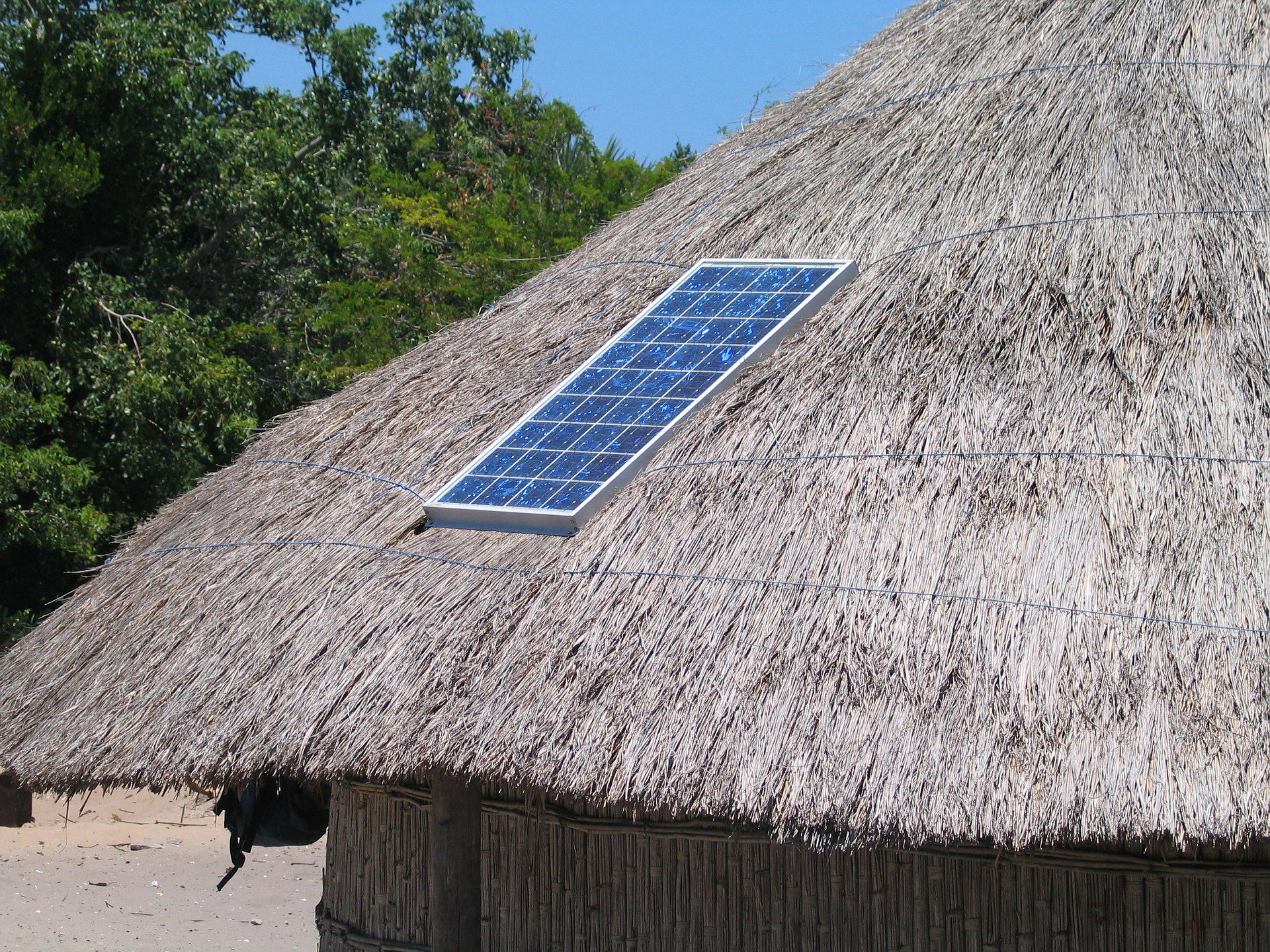Batteries are still getting exponentially cheaper, more efficient: ready to displace half of global fossil fuel demand by 2045?
A new report by RMI says batteries are on the path to replace 175 EJ of fossil fuel demand in the power sector, 86 EJ of fossil fuels from road transport and can put at risk another 23 EJ from shipping and aviation. That equates to a phaseout of half of global fossil fuel



